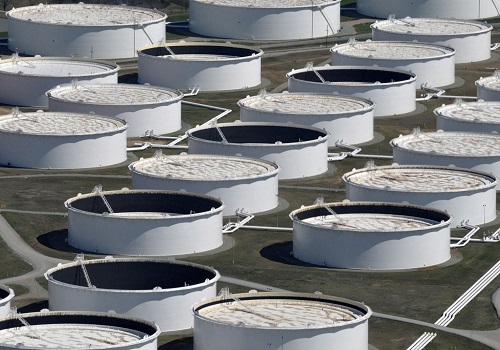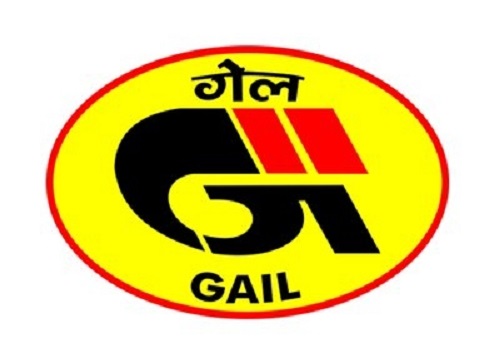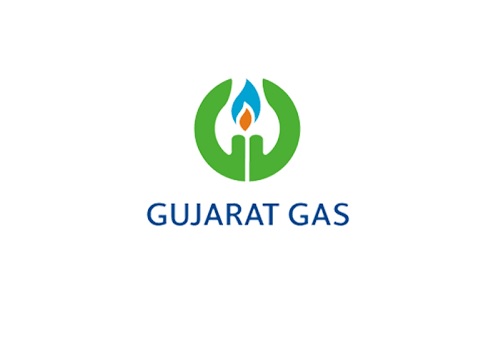Oil gains over 2% but records seventh weekly decline

Follow us Now on Telegram ! Get daily 10 - 12 important updates on Business, Finance and Investment. Join our Telegram Channel
Oil prices rose more than 2% on Friday after U.S. data supported expectations of demand growth, but both benchmarks fell for a seventh straight week, their longest streak of weekly declines in half a decade, on lingering oversupply concerns.
Brent crude futures settled at $75.84 a barrel, up$1.79, or 2.4%, while U.S. West Texas Intermediate crude futures settled at $71.23, up $1.89, or 2.7%.
For the week, both benchmarks lost 3.8%, after hitting their lowest since late June on Thursday, a sign that many traders believe the market is oversupplied.
Also fuelling the market's downturn, Chinese customs data showed its crude oil imports in November fell 9% from a year earlier as high inventory levels, weak economic indicators and slowing orders from independent refiners weakened demand.
However, Friday's gains, the first in six sessions, could be a sign that the market has found a floor for now after falling for six straight sessions, said Phil Flynn, analyst at Price Futures Group.
"Look to step in with caution but the lows should be in," he said.
U.S. Labor Department data released showed stronger-than-expected job growth, signs of underlying labor market strength that should support fuel demand in the biggest oil market.
That followed government data on Wednesday showing U.S. gasoline demand last week lagged the 10-year seasonal average by 2.5% and gasoline stocks rose by 5.4 million barrels, more than quintuple forecasts, leading to gasoline prices to plummet. [EIA/S]
Like crude, U.S. RBOB gasoline futures on Friday rebounded about 3% from two-year lows on Thursday.
"Wednesday's Energy Information Administration (EIA) report which spurred concern of soft demand on a significant increase in gasoline inventories, may not be as concerning in the wake of the strong jobs report," said Rob Haworth, senior investment strategy director at U.S. Bank Asset Management.
Offering more support to the demand enthusiasm, data showed U.S. consumer sentiment perked up much more than expected in December.
Meanwhile, Saudi Arabia and Russia, the world's two biggest oil exporters, on Thursday called for all OPEC+ members to join an agreement on output cuts just days after a fractious meeting of the producers' club.
The Organization of the Petroleum Exporting Countries and its allies last week agreed to a combined 2.2 million barrels per day (bpd) in output cuts for the first quarter of next year. The market has been concerned, however, that some members may not adhere to their commitments.























